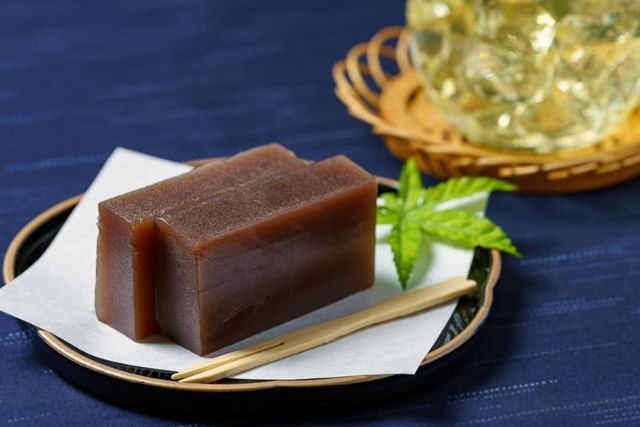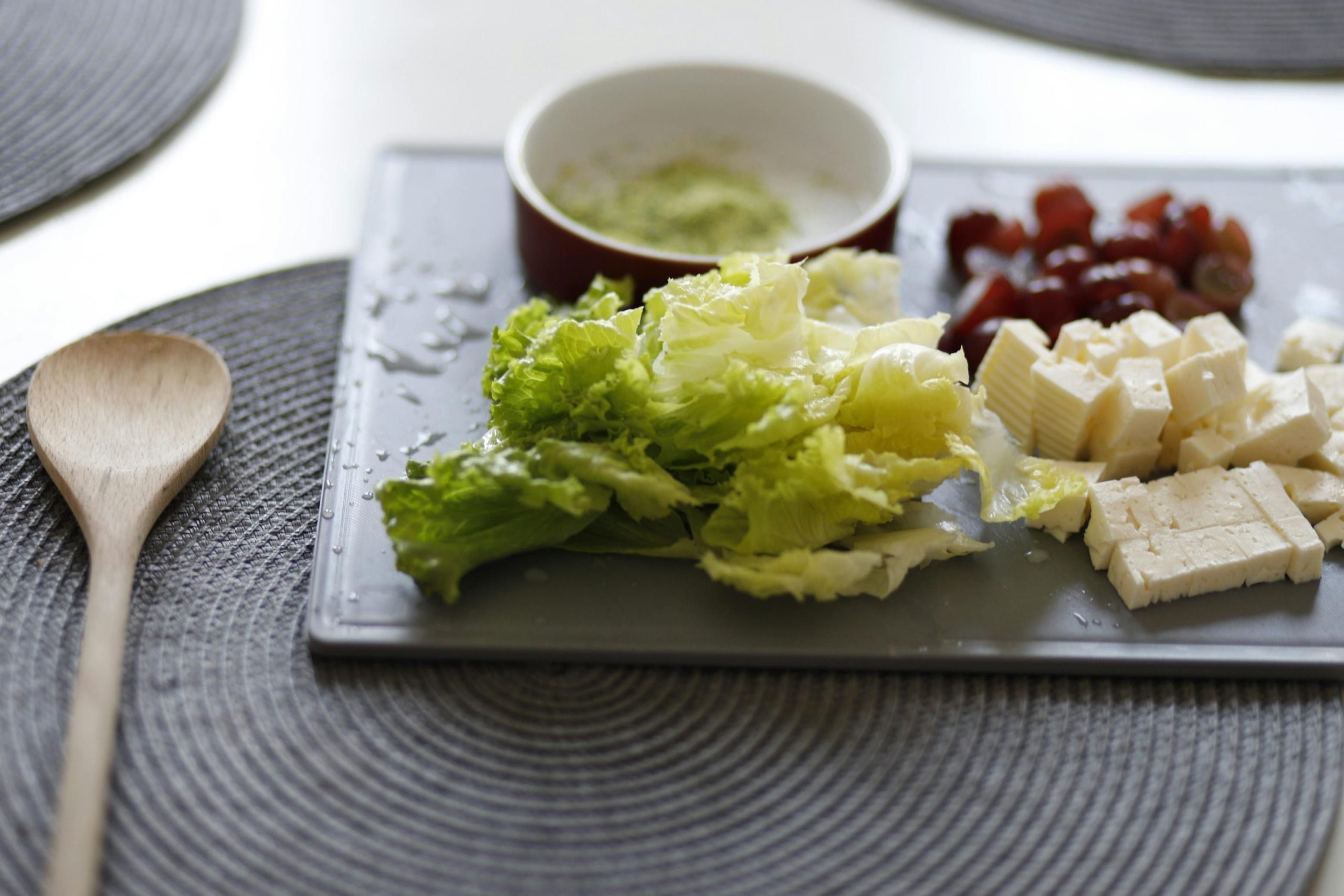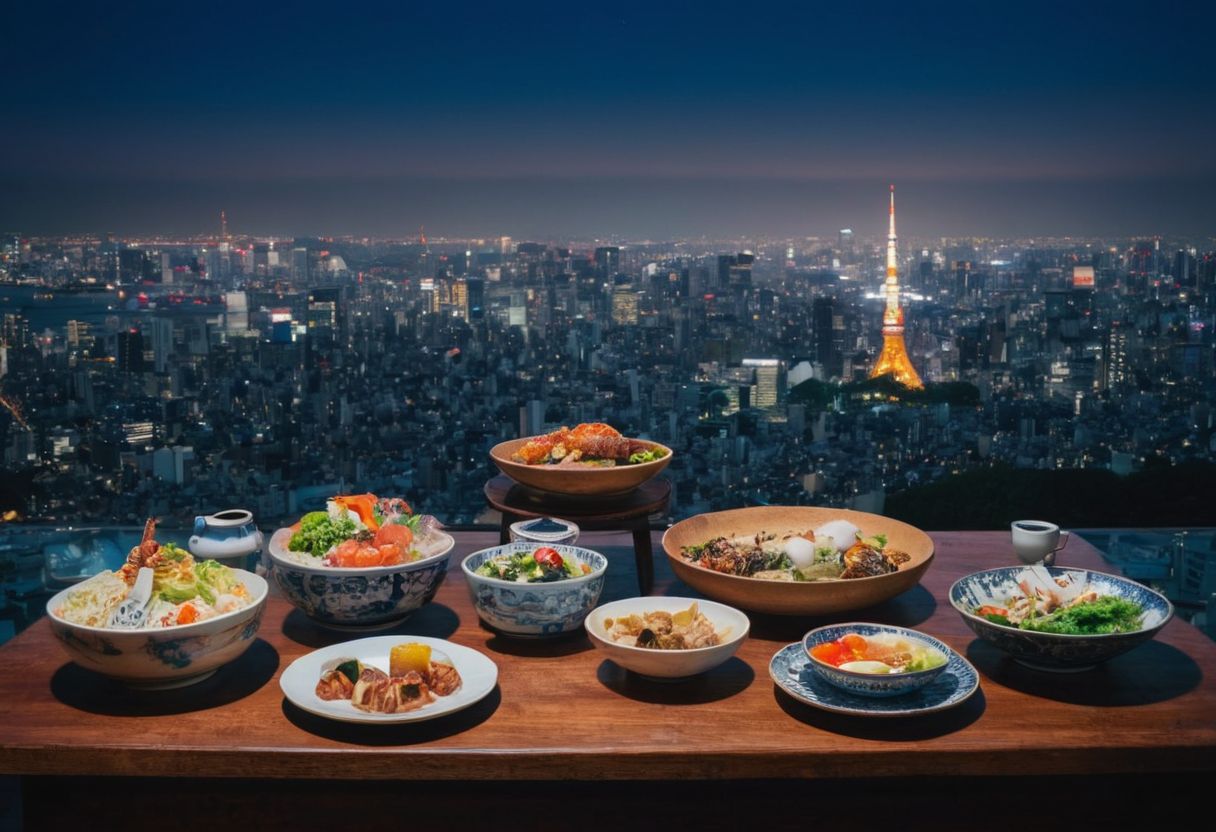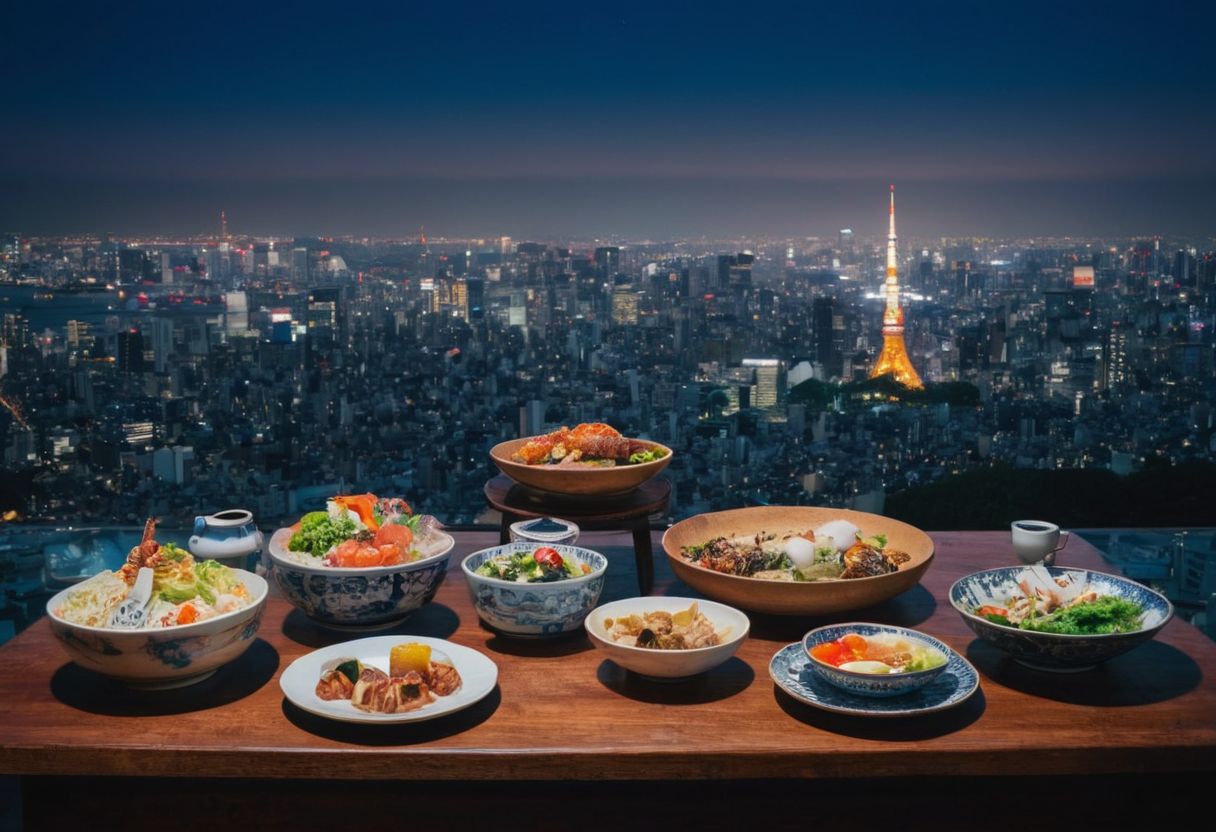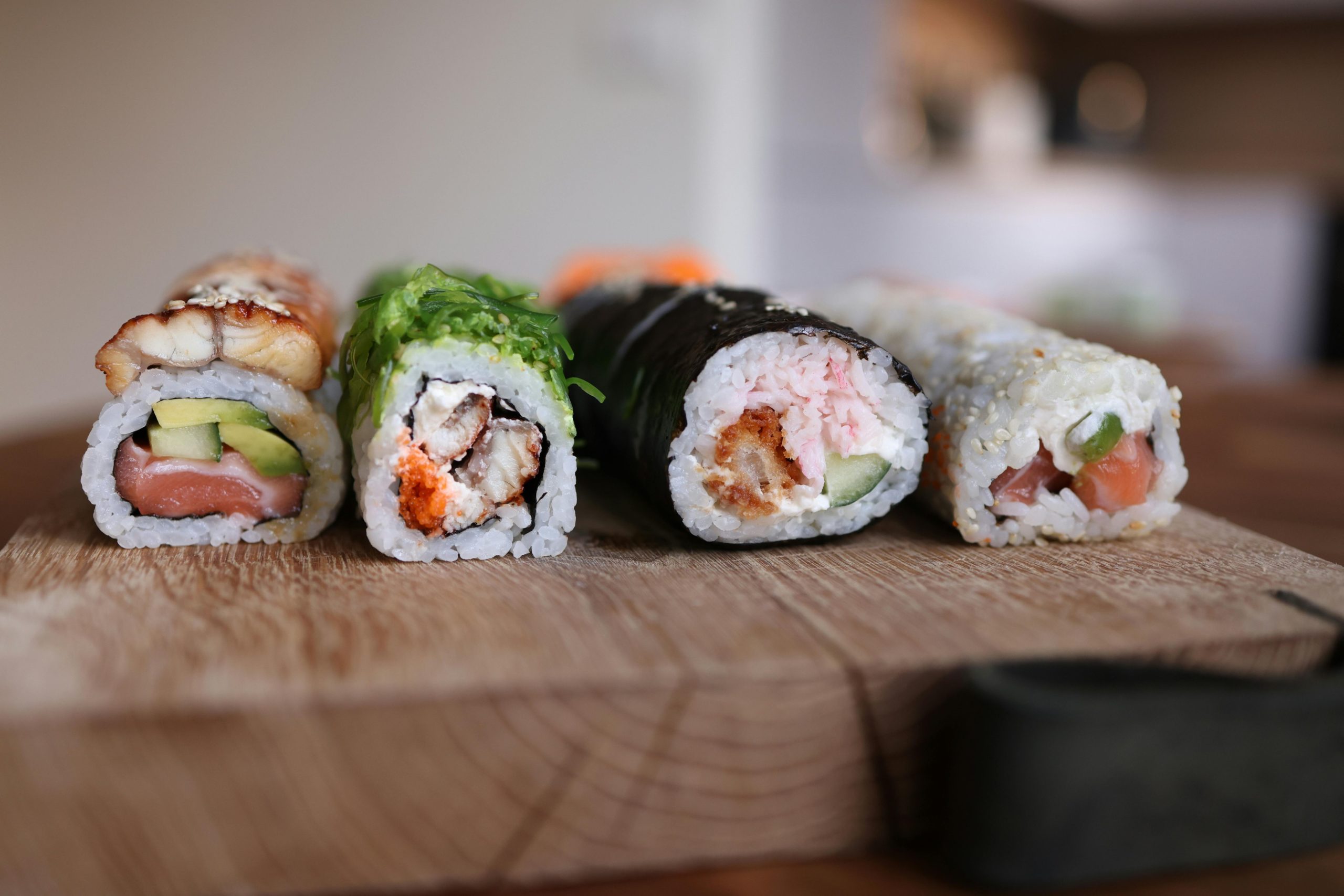Embark on a sweet journey through the heart of Japan’s culinary tradition with the rich, velvety texture of anko dessert.
Finding a dessert that perfectly balances tradition and innovation can often feel like a daunting task.
Anko, a red bean paste, is a versatile ingredient used in a myriad of Japanese desserts, from soups and jellies to ice creams and pastries, offering a unique taste experience.
In this article, we’ll explore the historical significance of anko, dive into its various forms, share tips on making it at home, provide a delicious recipe for anko crinkle cookies, discuss the best ways to store these desserts, and recommend top spots to enjoy anko desserts, along with an introduction to INDULGE’s culinary tours in Zurich.
The Historical Tapestry of Anko Dessert
The journey of anko dessert begins in the 7th century, originating from China and making its way to Japan. Initially, anko referred to a savoury filling in Chinese buns, comprising meat and vegetables. However, with the influence of Buddhist monks seeking a vegetarian alternative, red bean paste took its place, marking the transformation of anko into a cornerstone of Japanese confectionery. This transition not only reflects a cultural adaptation but also underscores the versatility of azuki beans, which are at the heart of anko’s sweet, rich flavour.
Over the centuries, anko underwent significant evolution, transitioning from a savoury ingredient to a beloved sweet treat. Initially sweetened with ivy sap, the introduction of sugar production in Japan led to the sweet red bean paste we know today. The popularity of sweet red bean anko signifies a remarkable journey from an alternative meat filling to a quintessential element in Japanese desserts. This historical tapestry highlights:
- The adaptability of anko through time
- Its enduring presence in Japanese culinary culture
- The pivotal role of azuki beans in shaping the sweet landscape of Japan’s dessert traditions
The Many Faces of Anko: Types and Varieties
Anko, the sweet red bean paste central to Japanese sweets, is celebrated for its versatility and comes in several distinct types, each offering a unique taste and texture to a variety of desserts. The primary types include Tsubu-an, a chunky paste filled with whole azuki beans, and Koshi-an, a smooth paste with the bean skins removed. There’s also Tsubushi-an, a partially crushed bean paste, and Ogura-an, which mixes whole beans with smooth paste, showcasing the diversity within anko itself. This variety allows for anko to be a dynamic ingredient in Japanese confectionery, capable of adapting to different dessert structures and flavour profiles.
The diversity of anko types enriches a broad spectrum of Japanese sweets, from traditional glutinous rice balls to inventive pastries. For instance:
- Tsubu-an is often found in desserts like Taiyaki, providing a satisfying texture with each bite.
- Koshi-an is preferred for its smoothness, making it ideal for Dorayaki pancakes and Anpan bread.
- Ogura-an brings a delightful contrast to sweets such as Zenzai, a dessert soup.
This versatility not only showcases the cultural significance of anko in Japanese cuisine but also invites dessert lovers to explore the rich tapestry of flavours and textures anko brings to the table.
Crafting Anko at Home: A DIY Guide
Crafting anko at home is a delightful and rewarding experience that allows you to bring a taste of Japan into your kitchen. The process begins with selecting the right type of azuki beans, which are the cornerstone of any anko recipe. Once you have your beans, the key steps involve boiling them until they’re soft, then draining and mashing or blending them into a paste. For those seeking a chunkier texture, Tsubu-an is your goal, while a smoother paste can be achieved by further straining the beans to create Koshi-an. It’s important to remember that the consistency of your anko can greatly influence the desserts you plan to make with it.
To ensure your homemade anko is just as delicious as what you might find in a Japanese sweet shop, here are a few tips to keep in mind:
- Boil and discard the water at least once to remove the astringency from the azuki beans, enhancing their natural sweetness.
- Consider the bean to sugar ratio, which is generally 1:1, but feel free to adjust according to your taste preferences. A pinch of salt can also be added to enhance the sweetness without increasing the sugar content.
- Stop cooking when you can draw a line on the bottom of the pot with a spatula. This indicates that the anko has reached the perfect consistency and is ready to be cooled. Following these steps will help you achieve that perfect balance of sweetness and texture, making your homemade anko a delightful addition to various desserts.
Baking Anko Crinkle Cookies: A Sweet Tutorial

Diving into the heart of Japanese confectionery, anko crinkle cookies stand out as a delightful treat that marries the traditional sweetness of anko with the fun, textured appeal of crinkle cookies. The process of making these cookies is straightforward and rewarding. Starting with a base of all-purpose flour, sugar, and butter, the recipe introduces sweet red bean paste (anko) as the star ingredient, lending the cookies their unique flavour. Whether you choose to make the cookies with an egg for a chewier texture or opt for an eggless version using yogurt, the result is a batch of soft, chewy cookies with slight crisp edges that are simply irresistible.
Achieving the perfect anko crinkle cookie involves a few key steps to ensure baking success. First, coating the cookie dough balls in granulated sugar before rolling them in icing sugar is crucial; this prevents the icing sugar from melting into the dough and guarantees the signature crinkle effect. Additionally, remember to:
- Let the cookies cool completely on the baking sheet to firm up, as they will be very soft when freshly baked.
- For those seeking a vegan option, substituting butter with margarine or coconut oil is a viable alternative.
With these tips in mind, baking anko crinkle cookies becomes an enjoyable and foolproof activity, allowing you to bring a piece of Japanese dessert culture into your home kitchen.
Keeping it Fresh: Storing Anko and Anko Desserts
Storing anko and anko-based desserts properly is crucial to maintaining their freshness and quality. Anko can be kept in an airtight container in the fridge for up to a week or frozen for longer storage, up to a month, ensuring it retains its texture and flavour. When it comes to anko desserts, the method of storage can vary depending on the type of dessert:
- Mochi and dorayaki should be consumed within a day or two to enjoy their best texture, but can also be refrigerated for a few days.
- Baked goods like anko cookies can be stored in a sealed container at room temperature for several days.
- Frozen desserts containing anko should be kept in the freezer and consumed before the best before date.
By following these storage tips, you can ensure that your anko and anko desserts remain delicious, allowing you to savour their unique taste whenever you crave a sweet treat.
Discover Culinary Delights with INDULGE‘s Zurich Tours
After delving into the fascinating world of anko dessert and its rich cultural tapestry, it’s clear that the journey of discovering culinary delights doesn’t end here. INDULGE invites you on an exclusive adventure through Zurich’s vibrant food scene. Their curated culinary tours are designed to not only introduce you to Swiss gastronomy but also to international flavours, including the sweet allure of anko dessert. By joining one of these tours, you’ll get to:
- Explore Zurich’s traditional and modern culinary offerings
- Enjoy tastings that highlight the city’s rich food history and its international influences
- Discover hidden gems and local favourites under the guidance of expert food enthusiasts
Embarking on an INDULGE culinary tour is more than just a food journey; it’s an opportunity to immerse yourself in the culture and stories behind the dishes you taste. Whether you’re a local eager to rediscover your city or a tourist looking for an authentic gastronomic experience, INDULGE’s tours cater to all food lovers. They offer a unique blend of Swiss specialties, including the chance to savour anko dessert in a new light. Don’t miss out on this culinary adventure:
- Experience the best of Zurich’s food scene
- Learn about the culinary innovations shaping the city today
- Connect with fellow food enthusiasts and create unforgettable memories
Frequently Asked Questions
What is anko made of?
Anko is made from azuki beans, which are mashed into a paste form. Depending on the desired texture, the beans may be left whole, partially crushed, or completely smooth after the skins are removed.
What does anko taste like?
Anko has a sweet, rich flavour that is characteristic of red bean paste. Its taste is deeply rooted in the natural sweetness of azuki beans, which is further enhanced by the addition of sugar during its preparation.
Why is anko sweet?
Anko is sweetened with the introduction of sugar to the azuki bean paste during its preparation. Initially, the sweetness of anko came from ivy sap, but the advent of sugar production in Japan led to the use of sugar, making the red bean paste sweet.
What can you do with anko?
Anko can be used in a wide variety of Japanese desserts, including soups, jellies, ice creams, and pastries. It is a versatile ingredient that adds a unique taste and texture to traditional sweets like glutinous rice balls, Taiyaki, Dorayaki pancakes, Anpan bread, and Zenzai. Anko can also be used to make creative treats such as anko crinkle cookies.

